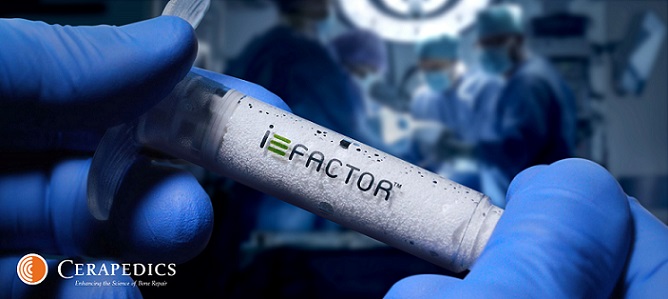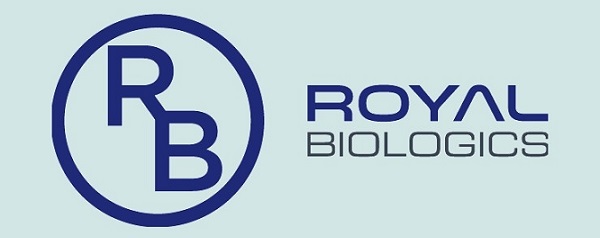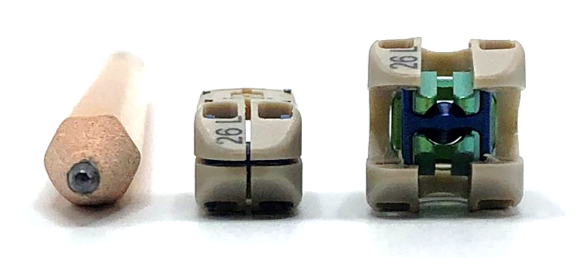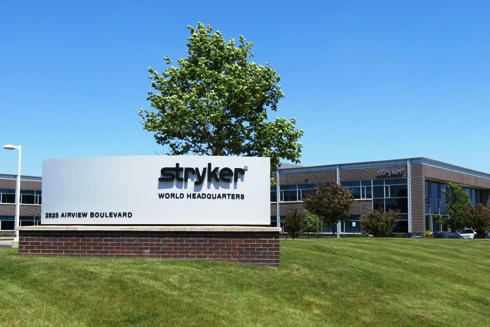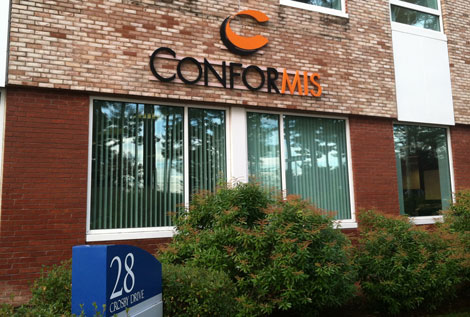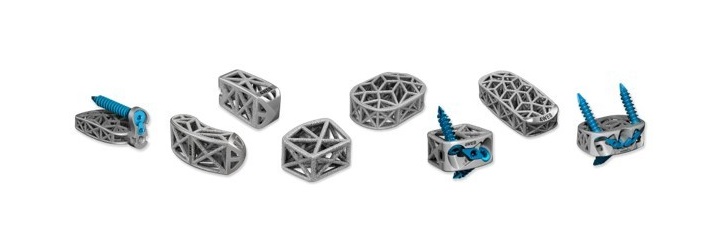Data published in ClinicoEconomics and Outcomes Research show that the novel i-FACTOR is not only cost-effective compared to autograft in ACDF surgery but is the dominant economic strategy
WESTMINSTER, Colo., August 17, 2021 /OrthoSpineNews/ – Cerapedics Inc., a private ortho-biologics company dedicated to enhancing the science of bone repair, announced today that results of a study to evaluate the cost-effectiveness of i-FACTOR Peptide Enhanced Bone Graft compared to autograft for patients undergoing ACDF surgery were recently published in ClinicoEconomics and Outcomes Research (July 2021, Volume 2021, Issue 13). In this landmark study, the data demonstrates that i-FACTOR was cost-effective compared to local autograft in ACDF surgery. Click here to download the full article.
Dr. Jared Ament, M.D., M.P.H., Director of Outcomes Research and Co-Director of Spine Neurosurgery at the Neurosurgery & Spine Group (N.S.G.) and President and Founder of Neuronomics, a professional corporation specializing in cost-effective analyses in the neurosciences, led this study. The patient cohort was extracted from a prospective, multicenter randomized control trial (R.C.T.) from twenty-two North American centers. The study analyzed various real-world scenarios, including inpatient and outpatient surgical settings and private versus public insurances. Two primary outcome measures were assessed: cost and utility. In the base-case analysis, both health and societal system costs were evaluated.
“In a robust cost-utility analysis, i-FACTOR reduced costs within the first year compared to the control group (autograft) in the ACDF IDE trial population. The incremental cost-effectiveness ratio proved highly cost-effective even at 90 days ($13,333 per QALY). At 1 year and beyond, these values became negative, suggesting a ‘dominant’ economic strategy. The results are felt to be conservative since, in a real-world setting, many surgeons are using other more costly grafts in addition to autograft,” commented Dr. Ament.
i-FACTOR has already demonstrated safety and improved outcomes compared to local autograft based on one and two year published data in Spine & Neurosurgery Journals1,2. This comprehensive, cost-effectiveness analysis was the next critical and necessary step to provide clear support for a better alternative to autograft.
“We are grateful to Dr. Ament and his team for conducting this important and infrequently conducted analysis. As our healthcare system becomes ever more focused on value in addition to quality clinical outcomes, this data puts us in a unique position relative to our competition. The technologies we displace with i-FACTOR don’t have cost-effectiveness data, and most have no meaningful clinical data as well,” said Jeffrey G. Marx, Ph.D., President, and Chief Operating Officer.
i-FACTOR bone graft has over 10 years of clinical success in Europe and was approved in the U.S. for use in anterior cervical discectomy and fusion (ACDF) procedures in 2015. The drug-device combination product is based on small peptide (P-15) technology that accelerates new bone formation in patients with degenerative disc disease. It is in a new category of bone graft technology and is one of only two drug-device combination products approved by the U.S. Food & Drug Administration (FDA). In 2018, the company enrolled the first patients in an IDE clinical trial evaluating the safety and efficacy of its next-generation product, P-15L Peptide Enhanced Bone Graft, for use in patients undergoing TLIF surgery.
In the United States, i-FACTOR Peptide Enhanced Bone Graft is indicated for use in skeletally mature patients for reconstruction of a degenerated cervical disc at one level from C3-C4 to C6-C7 following single-level discectomy for intractable radiculopathy (arm pain and/or a neurological deficit), with or without neck pain, or myelopathy due to a single-level abnormality localized to the disc space, and corresponding to at least one of the following conditions confirmed by radiographic imaging (C.T., M.R.I., X-rays): herniated nucleus pulposus, spondylosis (defined by the presence of osteophytes), or visible loss of disc height as compared to adjacent levels, after the failure of at least 6 weeks of conservative treatment. i-FACTOR Peptide Enhanced Bone Graft must be used inside an allograft bone ring and with supplemental anterior plate fixation.
About Cerapedics
Cerapedics is an ortho-biologics company focused on developing and commercializing its proprietary small peptide (P-15) technology platform. i-FACTOR Peptide Enhanced Bone Graft is the only biologic bone graft in orthopedics that incorporates a small peptide as an attachment factor to stimulate the natural bone healing process. This novel mechanism of action is designed to support safer and more predictable bone formation compared to commercially available bone growth factors. More information can be found here.
Media contact:
John Tattory
CFO, Cerapedics Inc.
720-712-1730
References
1. Arnold P, Sasso R. et. al. Spine 2016; 41(13): 1075-83.
2. Arnold P, Sasso R. et. al. Neurosurg 2018; 83(3): 377-84.

